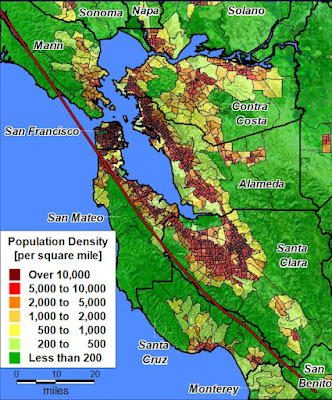Wasatch Fault Earthquake Scenario

This scenario literally hits home for me. I live along Utah's Wasatch Fault and while I don't think the epicenter of the next Big One will be too close to where I live, the effects of this big earthquake will seriously affect my life and the lives of my wife, children, and many of my extended family. Most people have only "seen" the effects of a big earthquake from the media, either news or movies. It's different to personally feel a big earthquake and see the aftermath. For lack of a better descriptor, it possible effects of a Big One become real. Because a Big One one the Wasatch Fault is more personal, I've done more research on it. And, interestingly, information on a Wasatch Fault earthquake scenario is easier to find. Maybe that's just my bias. It's not that you can't find earthquake threat information for other parts of the country, it's finding actual scenario "what ifs" and loss estimations that are based in scientific data....
